
The folks at CARE want to change the narrative–and the numbers–when it comes to animal rescue. With a 20% adoption gap between White Americans and Black Americans, the CARE (Companions and Animals for Reform and Equity) team is on a mission to bring diversity and inclusion to animal welfare. The goal: Get more pets into loving homes by encouraging adoption organizations to be more inclusive and less biased–or as they put it, “save more companion animal lives and elevate the value of all human life.”
So how exactly does the team at CARE plan on transforming animal welfare? We spoke to James Evans, CEO, and Jen Evans, COO, to learn more about their organization, and how diversity and inclusion will make life better for everyone–including our furry friends.
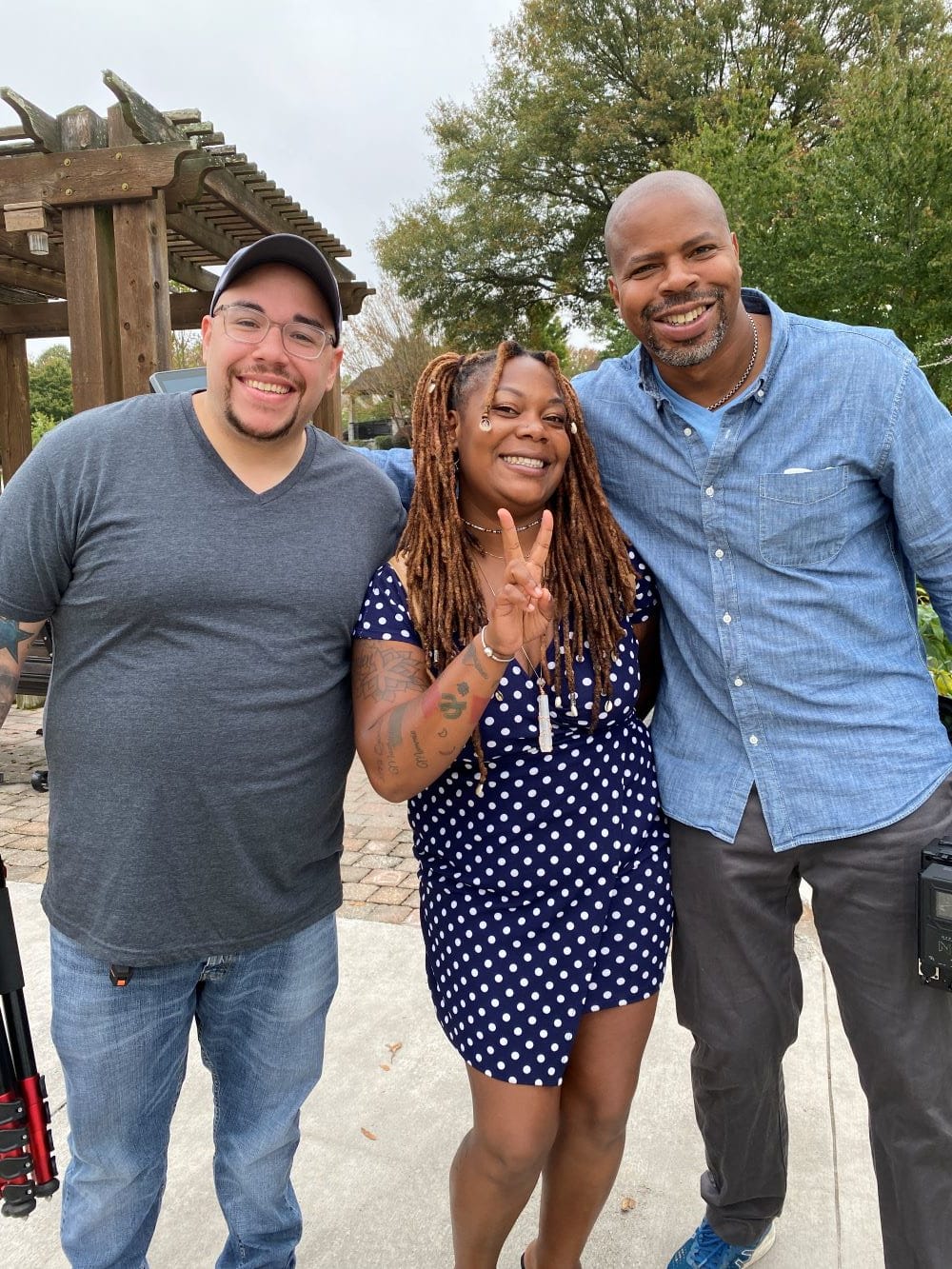
Lulus: So how did CARE start?
Jen Evans: CARE started out after (animal welfare organization) Maddie’s Fund reached out and asked our communications firm to create a groundbreaking session for the HSUS Expo. We traveled the country and interviewed amazing pet owners and animal advocates, including Zack Skow of Marley’s Mutts and Pawsitive Change, and Dr. Blackwell who just won the Avanzino Award for Lifesaving. The interesting part was that we sought out people who were typically denied adoption.
After the session, our CEO, James Evans, was approached by Chetana Mirle from another animal welfare initiative, The Life of Riley, Spring Point Partners. With her faith and Spring Point’s trust and support, we were able to start CARE. CARE works to address organizational and personal biases within animal welfare while also advocating for a more inclusive path to pet adoption. We believe that inclusion = lifesaving!
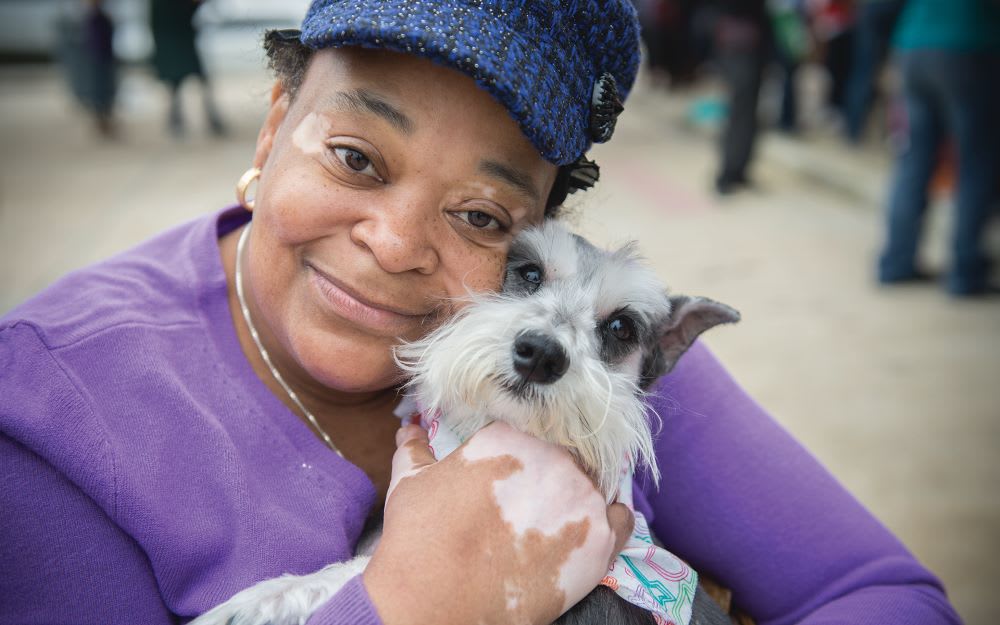
Lulus: Why is this so important to you (and in general)?
James Evans: Ultimately, if we want to save more animals, we will need more people to adopt from shelters and rescues versus acquiring pets from other sources. Therefore the shelters and rescues must become more inclusive and welcoming to all people and the varied lives they lead. We also have a personal ambition to create a more diverse space so we can create more BIPOC leadership, adopters, and veterinary careers.
Lulus: That’s wonderful! Why do you think there is such a gap in animal welfare?
Jen: Fear. Fear the pet will not be cared for in the same way the shelter or rescue has. Fear of others not commonly associated with animal rescue, BIPOC, and other marginalized groups. Adoption applications and policies can end up being barriers to finding more homes for pets. There is also a lack of diversity in narratives involving pets. And there is barely any research on BIPOC communities and their involvement in this field, either as adopters or working inside animal welfare organizations.
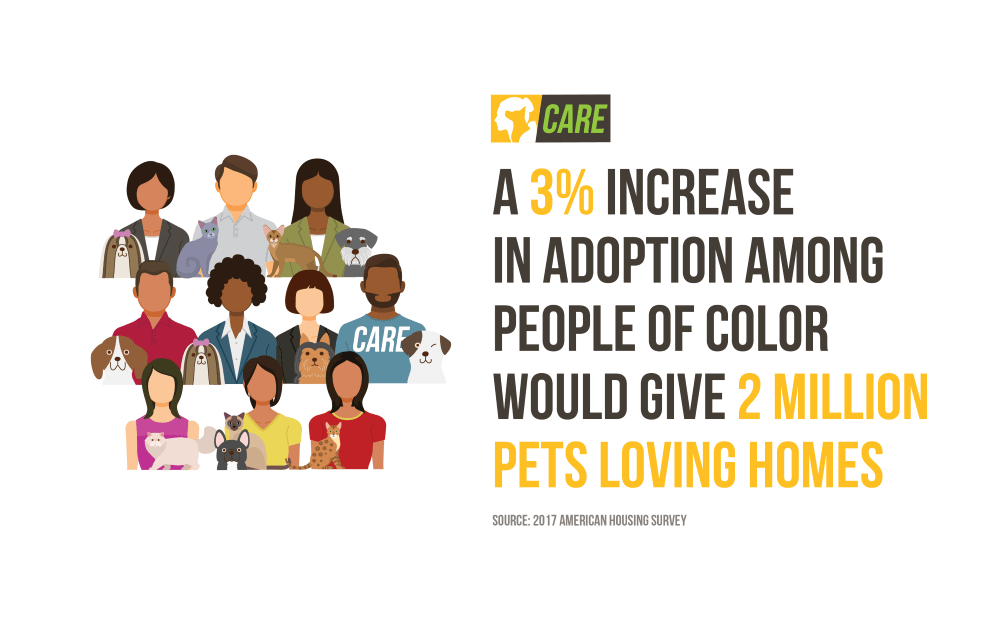
Lulus: Part of your plan is to share more stories—the ones “Animal Welfare and Hollywood do not celebrate” Where will these be shared?
Jen: Our plan is to create more space for BIPOC pet ownership and careers. That means on the television or the big screen, in PSAs (Public Service Announcements) and marketing, streaming, or social media. We want to share everywhere. It’s important for the entire world to see what loving pet companionship looks like to everyone.
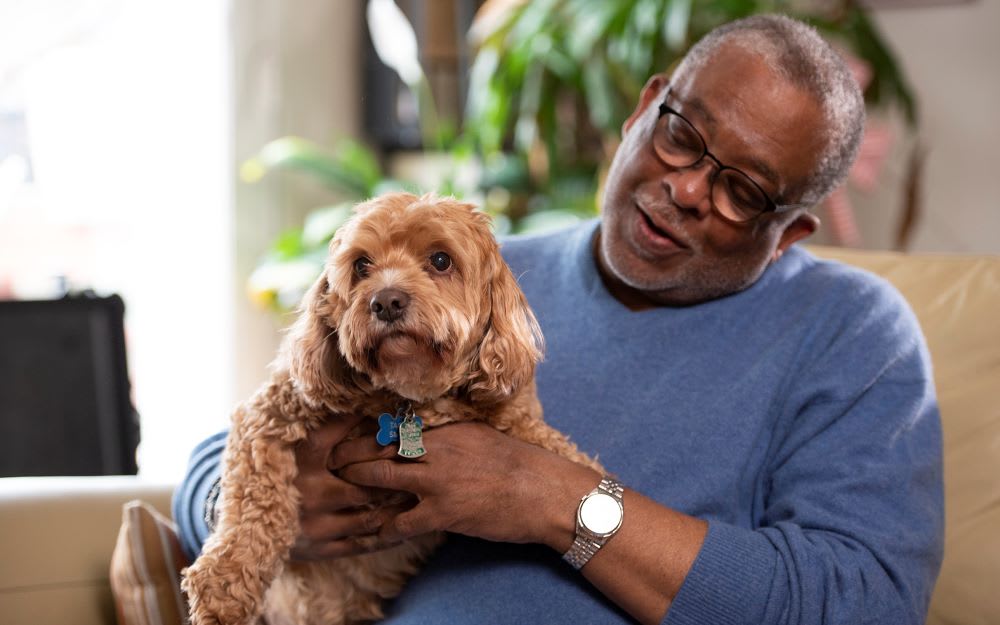
Lulus: You have diversity and inclusion training sessions–who do they help and how?
James: Since COVID, CARE has had to pivot and create the best online experience that is effective in making connections with the absence of in-person meetings. We have been conducting conversations paired with insights from each individual organization, which includes the entire staff, not just leadership.
We’ve also partnered with Havard’s Project Implicit to conduct research which we share during our sessions, along with honest conversations on mitigating implicit bias inside the field. Listening and sharing helps everyone to understand where we are all coming from and where we need to move forward.
Lulus: How can people get involved in helping your mission?
James: First, donating any amount is incredibly helpful. CARE has already granted funds to organizations doing lifesaving work and we plan to continue doing that with your support. People can also follow our Facebook and Instagram pages (@careforequity) and share, share, share! We are consistently putting out diverse blogs, graphics, talks, and more. All of these tools help spread the word and help encourage the industry towards inclusivity.
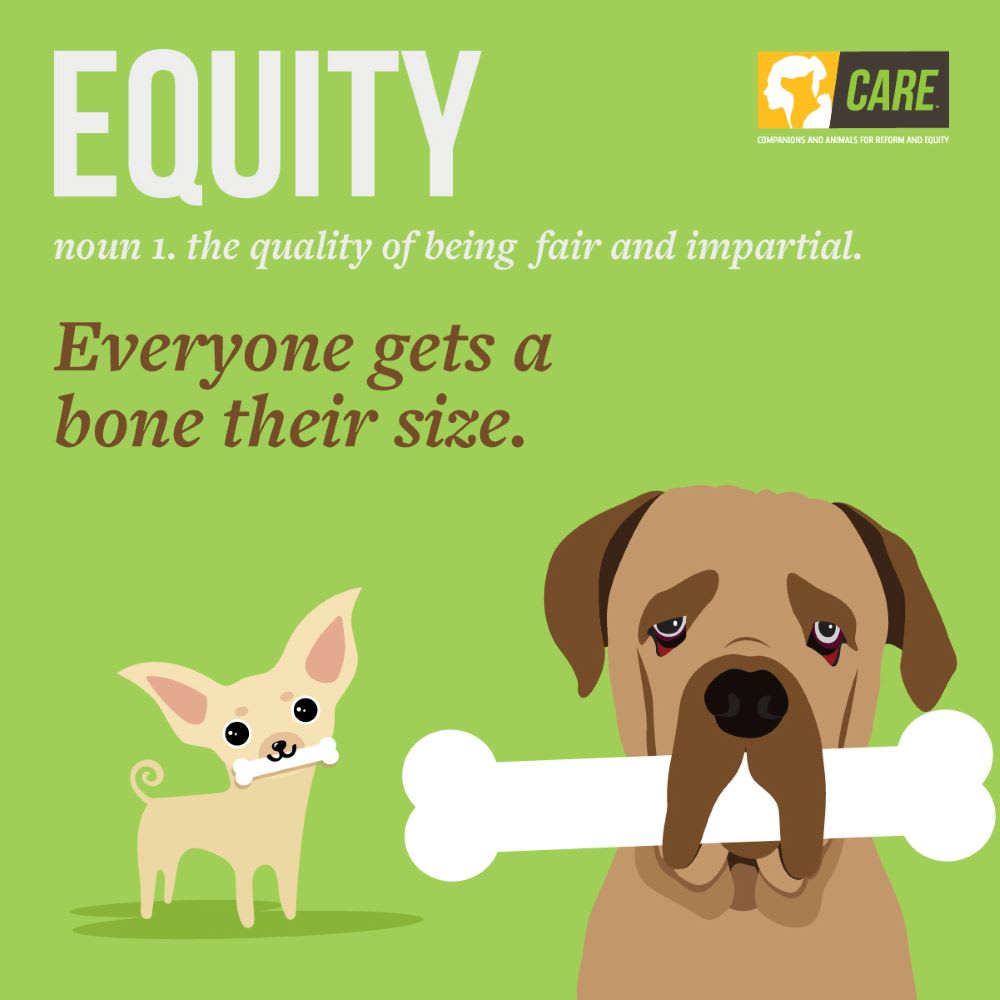
Lulus: Any tips for people interested in adopting right now? The pandemic has made it pretty competitive!
James: Be patient and keep trying. The shelters are having to completely change their day-to-day business operations due to COVID, so be patient if you don’t hear back. If you have had no luck at one shelter, look at shelters outside your city and even your state. And check Adopt-a-pet or Petfinder. If you have a specific dog in mind, do some research on the breed. Another tip is if you have the time, volunteer at a shelter and build a relationship. You can get to know the dogs there while providing much-needed assistance.
Lulus: Great ideas! Is there anything else you would like people to know?
Jen: We encourage people to ask more questions, have more conversations, and assume the best. This year has been challenging. The love of an animal is a bright example of what trust and love can represent. When we include everyone in our solutions, when we invite everyone to the table, we will accomplish more and save more lives.
Do you have questions about pet adoption or how to promote diversity and inclusion? Ask in the comments–or tell us below how you’re making a difference!
Images via CARE

Join The Conversation (0)